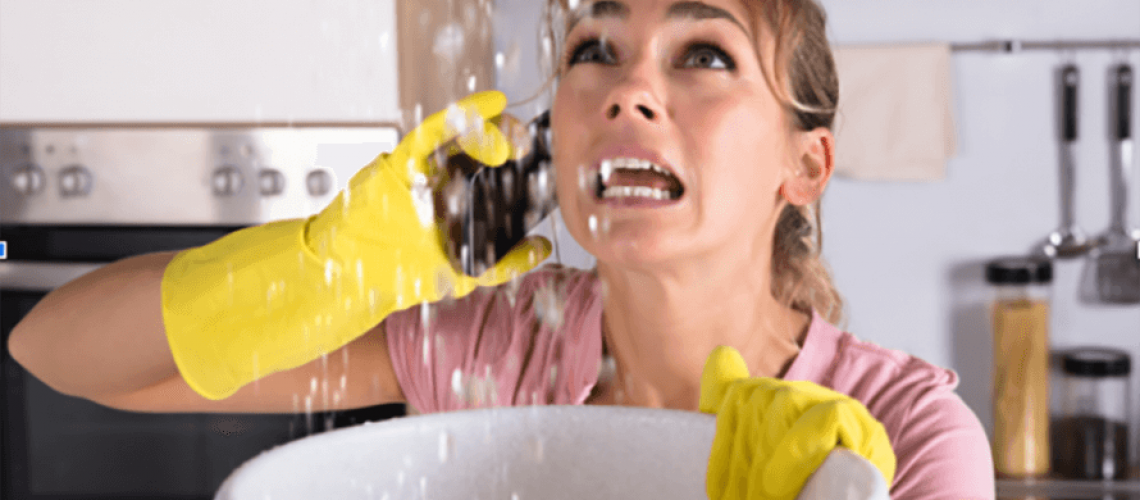Discover Concealed Water Line Leaks: 6 Tested Techniques for Spotting
Discover Concealed Water Line Leaks: 6 Tested Techniques for Spotting
Blog Article
The article author is making a number of great pointers on Top leak detection hacks as a whole in this great article in the next paragraphs.

Early detection of leaking water lines can reduce a possible calamity. Besides conserving you money, it will reduce the worry and stress. The moment you locate a leakage, calling your plumber for fixings is the best service. Some little water leaks may not be visible. Right here are some hacks that aid if you can not detect it with your naked eyes.
1. Take A Look At the Water Meter
Examining it is a proven means that assists you find leaks. If it moves, that shows a fast-moving leakage. This suggests you might have a sluggish leak that could also be below ground.
2. Inspect Water Usage
If you detect sudden adjustments, in spite of your consumption being the very same, it suggests that you have leakages in your plumbing system. A sudden spike in your costs suggests a fast-moving leakage.
A consistent increase every month, even with the exact same habits, reveals you have a slow leakage that's additionally gradually rising. Call a plumber to completely inspect your home, especially if you feel a cozy area on your flooring with piping underneath.
3. Do a Food Coloring Test
When it comes to water consumption, 30% comes from bathrooms. If the color somehow infiltrates your dish throughout that time without flushing, there's a leakage between the container and dish.
4. Asses Outside Lines
Do not forget to inspect your exterior water lines too. Examination faucets by attaching a yard tube. Ought to water seep out of the link, you have a loosened rubber gasket. Replace this as well as make certain all connections are tight. It will help obtain it properly checked out and maintained yearly if you have actually obtained a lawn sprinkler system. One tiny leak can squander lots of water and surge your water expense.
5. Evaluate the situation and inspect
Homeowners should make it a habit to inspect under the sink counters and even inside cabinets for any kind of bad odor or mold and mildew growth. These two red flags show a leakage so punctual focus is needed. Doing routine evaluations, even bi-annually, can conserve you from a significant issue.
If you recognize your house is already old, keep a careful eye on your heating systems, hose pipes, pipes and so on. Check for discolorations and also deteriorating as many pipes and devices have a life expectancy. They will certainly likewise normally degrade because of wear and tear. Do not wait for it to intensify if you suspect dripping water lines in your plumbing system. Call a professional plumber right away so you do not end up with a horrible mess in your home.
Early discovery of leaking water lines can alleviate a potential catastrophe. Some little water leaks might not be noticeable. Inspecting it is a proven way that aids you discover leaks. One little leak can squander bunches of water and increase your water bill.
If you presume dripping water lines in your plumbing system, don't wait for it to intensify.
WARNING SIGNS OF WATER LEAKAGE BEHIND THE WALL
PERSISTENT MUSTY ODORS
As water slowly drips from a leaky pipe inside the wall, flooring and sheetrock stay damp and develop an odor similar to wet cardboard. It generates a musty smell that can help you find hidden leaks.
MOLD IN UNUSUAL AREAS
Mold usually grows in wet areas like kitchens, baths and laundry rooms. If you spot the stuff on walls or baseboards in other rooms of the house, it’s a good indicator of undetected water leaks.
STAINS THAT GROW
When mold thrives around a leaky pipe, it sometimes takes hold on the inside surface of the affected wall. A growing stain on otherwise clean sheetrock is often your sign of a hidden plumbing problem.
PEELING OR BUBBLING WALLPAPER / PAINT
This clue is easy to miss in rooms that don’t get much use. When you see wallpaper separating along seams or paint bubbling or flaking off the wall, blame sheetrock that stays wet because of an undetected leak.
BUCKLED CEILINGS AND STAINED FLOORS
If ceilings or floors in bathrooms, kitchens or laundry areas develop structural problems, don’t rule out constant damp inside the walls. Wet sheetrock can affect adjacent framing, flooring and ceilings.
https://www.servicemasterbyzaba.com/blog/how-to-detect-water-leakage-in-walls/

I was made aware of that write-up about Detecting hidden plumbing leaks through an associate on our other site. So long as you enjoyed reading our article plz remember to pass it around. Thanks for your time spent reading it.
Don't delay; get expert help. Report this page